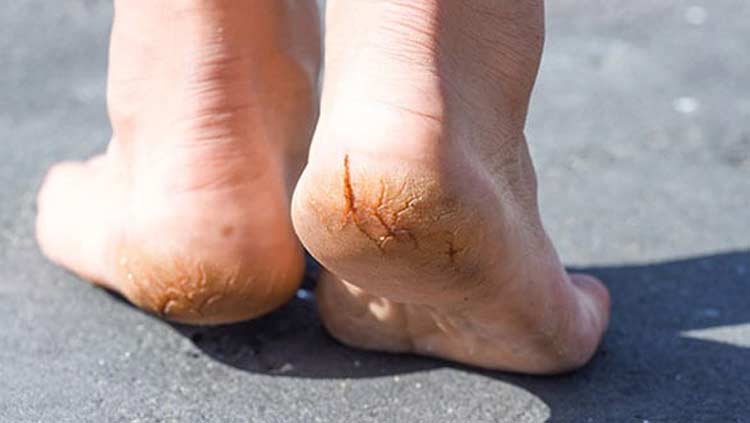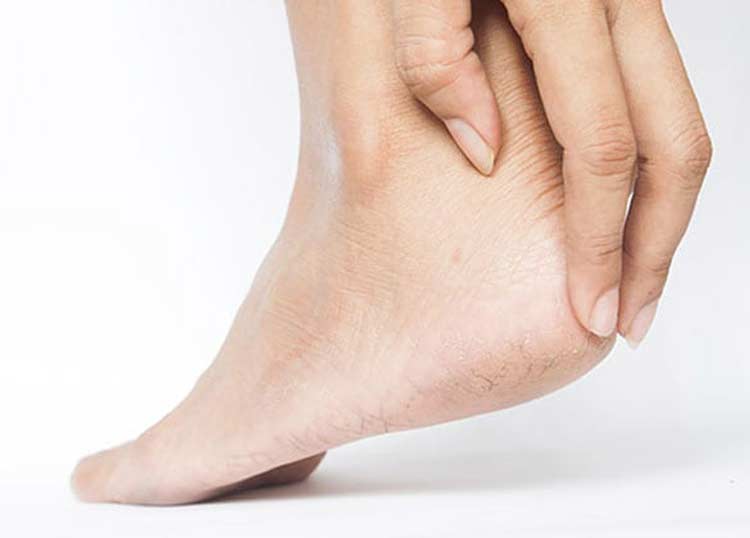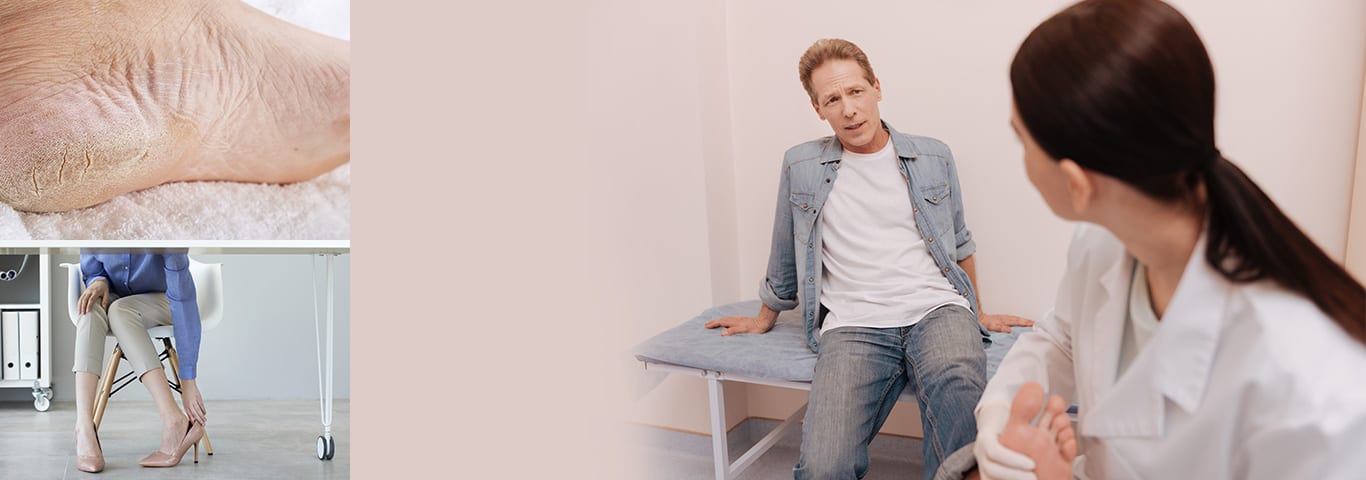
Discover how we can help you find relief from fissures.
A fissure is a crack in the skin. In some instances, fissures can be nothing more than a minor annoyance that will heal with little or no assistance. Other times, irritations like this may contribute to serious infections and other medical problems. When deep cracks occur on feet, they typically appear on heels or in between toes.
- If fissures are affecting the ability to continue with daily movements without pain, a foot specialist may be able to recommend a treatment that could lead to much-appreciated relief.
- Attention from a podiatrist, especially for deeper or more extensive fissures, can also reduce the risk of infection.
Causes of Fissures
Walking on surfaces that expose heels or other parts of the feet can increase the chances of developing fissures. It’s some type of pressure on skin that results in the cracked skin that can lead to a fissure. Skin fissures sometimes develop due athlete’s foot, which is caused by a fungal infection.
People with naturally dry skin are more susceptible to developing cracks in skin. Bacterial infections and chronic skin conditions such as eczema may also increase the risk of developing fissures. Underlying health issues like hypothyroidism and diabetes can also increase susceptibility to fissures. Excessive body weight and problems with blood flow to the back of legs (venous insufficiency) and other circulation issues also make skin more likely to develop fissures.


Fissure-Related Symptoms
The most visible sign of a fissure is the appearance of a crack, tear, groove, elongated cleft, or deep burrow in the skin. There may be related irritation and discomfort if the fissure is extensive or goes deep into the skin of the foot or heal. The skin cracks or fissures may be painful if they occur between toes. Discomfort may also be experienced with fissures on heels when walking or participating in activities involving running or other motions that place pressure on the affected area.
Diagnosing Fissures
Fissures are usually diagnosed from a visual examination. A blood test may be done if an infection is suspected, or if the damaged area of the skin has turned into an open sore. There’s usually no need for image tests.
Treatments for Heel or Foot Fissures
Deep skin moisturizers promote the healing of fissures on heels and other parts of the feet. Keeping skin properly moisturized is often all that’s necessary for minor fissures. It’s best to treat skin abnormalities of this nature early to reduce the risk of an infection developing from the opening in the skin. Having a crack in skin in feet also provides a potential opening for germs and bacteria to get into the affected foot or heel.
The healing process can be further encouraged by applying topical creams and lotions to the affected area a few times a day. Feet should be covered with breathable cotton socks to keep germs and other possible sources of infection from getting into feet. Soaking feet in warm water and using a pumice stone to remove layers of dead skin can also be helpful.
If pain from fissures continues, it may be necessary to consider over-the-counter or custom orthotics. Foot and ankle supports can also provide added cushioning and take pressure off of the affected area to allow skin to heal without further irritation. Individuals with a compromised immune system or underlying health issues may benefit from further evaluation and treatment from a podiatrist.
A foot specialist can also provide treatment recommendations if a fissure breaks into an open sore. If this happens, it’s important to seek immediate care to prevent an infection from getting into the wound and affecting other parts of the foot. Early treatment also minimizes the risk of an infection getting into the bloodstream, which may contribute to other health issues.
Treatment of Fissures with Related Athlete’s Foot
Fissures on or around toes may develop along with athlete’s foot. If this the case, treatment will involve addressing the fissure and the fungal infection that caused the athlete’s foot. Regular foot washing can prevent the problem from getting worse. Over-the-counter or prescription fungal creams can help clear up the infection from the athlete’s foot.
Using lotion on dry feet to make skin less brittle and not going barefoot on outdoor surfaces are some of the steps that can be taken to reduce the chances of developing fissures on feet. While fissures aren’t directly caused by bacteria or any type of fungus, infections can develop if cracks in skin aren’t treated or allowed to properly heal. This can be especially problematic for patients with diabetes, arthritis, and other conditions that may affect circulation, promote inflammation, or contribute to other foot issues.

